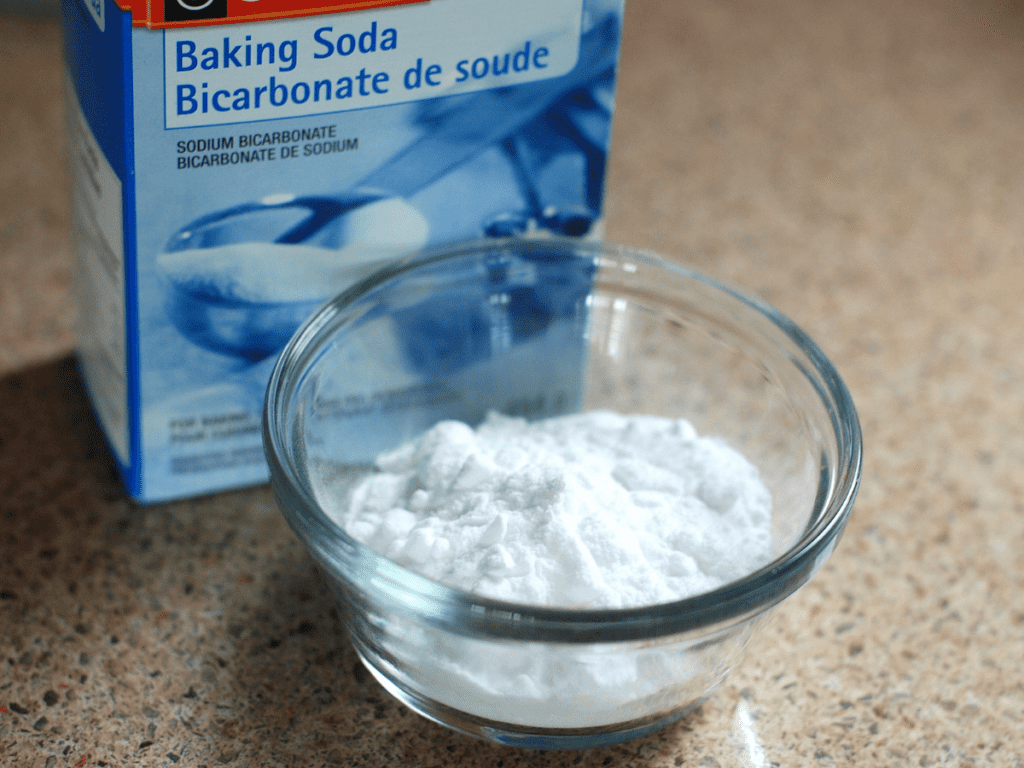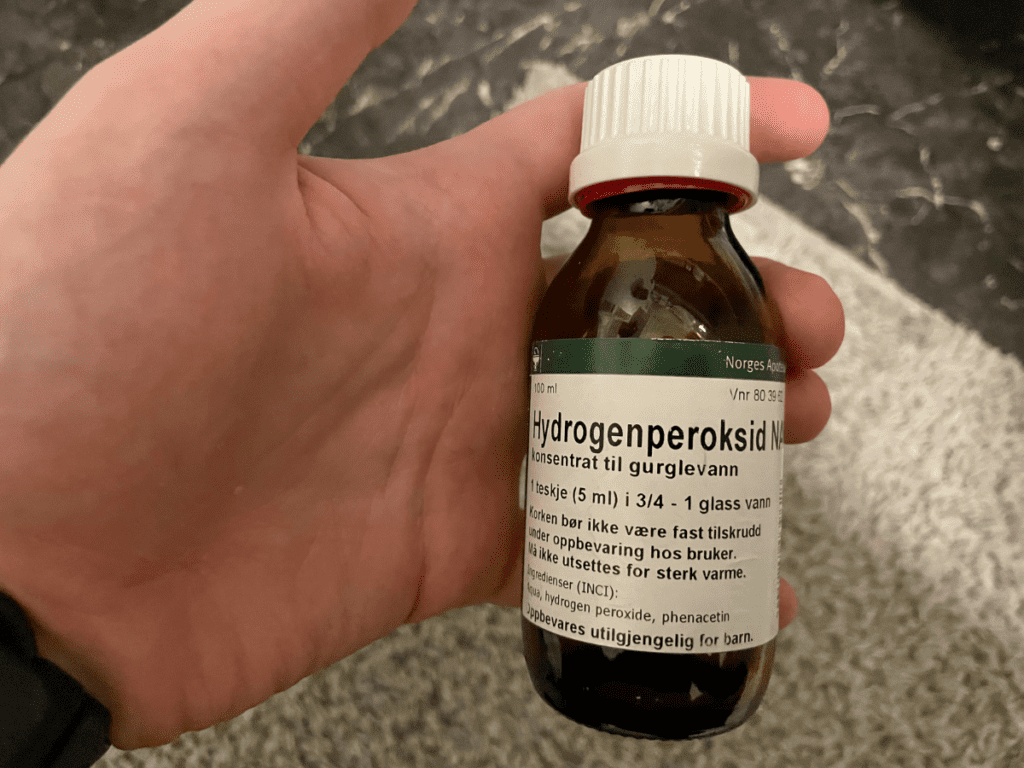If you work around farms or garages, chances are, you often check on the hydraulic level on trucks. Sadly, before you know it, oily grime will find its way onto your favorite jeans, leaving a stubborn, ugly stain. If that makes you feel like throwing it away, please don’t.
To remove stubborn hydraulic oil stains, you can opt for any of several methods. That includes oxygen bleach, rubbing alcohol, vinegar, and hydraulic fluid remover, among others. Pretreating is essential to soften the stain before removing it through the normal washing process.
Read on to learn a few steps to restoring garments stained by hydraulic oil to as good as new and more.
Removing Hydraulic Stains From Clothes
To blot out hydraulic oil stains, you can follow a few simple steps.
Wipe the Excess Stain
With a cotton swab, tissue, or paper towel, gently wipe out the oil stain when it is still fresh. The aim is to clear out the excess oil and stop it from soaking into the inner fiber, making it harder to remove.
Apply Baking Soda
Place the fabric on a flat surface, preferably on cardboard or on a tabletop, and spread some baking soda or cornstarch on the stain. Be sure to spread it evenly until the stain is completely covered and wait for 1 hour.
The key is to have as much oil absorbed and pulled out by the baking soda as much as possible. After the duration, you might see the baking soda has changed its color. That is an indication that it has absorbed enough of the oils.

Scrape off the Baking Soda
Scrape off the baking from off the fabric to remove the absorbed oil from the surface of the fabric. You can use a toothbrush, a piece of cloth, a rug, or anything that will gently rub it off.
Soften With WD-40
WD-40, known for powerful lubrication, can also be used as an agent for eliminating oil-based stains. Spray it on the stain with an attached straw for precision in its application before waiting for an hour. Afterward, you can spray the stain with hairspray before taking the next step.
Scrubbing Off
You can leave this stain for a few minutes before scrubbing it off with a hard bristle brush, for example, a toothbrush. Compared to big brushes, a toothbrush is more precise and cannot spread the stain out of the stained part. Next, gently scrub on the stain to loosen the stain while under running hot water.
Finally, measure the usual amount of washing powder into the washing machine drum, followed by ½ a cup of white vinegar. You can then set it to the hot setting during washing and rinsing. While hot water might not work with other stains, it disintegrates oil particles making them easy to remove.
I wrote an article on removing antifouling stains that may interest you to read next.
Other Methods of Removing Oil Stains
Using Oxygen Bleach
Using oxygen bleach is a fantastic way of cleaning oil stains. Oxygen bleach breaks down oil stains molecules and disintegrates them for easy washing with detergents. Pretreat the stain with oxygen bleach by spreading it on the stain until it is completely covered. Then wait for 3 minutes before washing normally in warm water.
Using Rubbing Alcohol
While rubbing alcohol has other uses, such as a mild pesticide, it is a perfect hydraulic oil stain remover. Using a piece of clothing, dip into the alcohol and rub it sufficiently on the stain, leave it for thirty-minute, and wash it normally. Another option is to scrub it with a toothbrush to loosen the stain further.
Using Vinegar
Besides other uses, vinegar is a popular stain-removing agent. To eliminate hydraulic oil stains, first, pre-soak your garment in vinegar. Add 1 gallon of water and ½ cup of white vinegar and soak for 30 minutes before washing with warm water, rinsing, and drying.
Lemon Juice
The great thing with lemon juice is it’s eco-friendly, besides containing acetic acid, which is wonderful in stubborn stain removal. Moreover, it has the added advantage of musking out any remnant of hydraulic oil smells.
Pretreat the stain by adding ½ a cup into a basin before soaking the clothing for 1 hour. Also, you can drop some lemon directly on the stain to soften it faster. After one hour, you can load your washing machine with a strong detergent and wash with the usual wash cycles.
Hydrogen Peroxide

If you get oil spills on your white t-shirt or any garment, look no further than hydrogen peroxide for the perfect stain remover. Hydrogen peroxide breaks down oil molecules and disintegrates them for easy washing.
This agent is environmentally friendly and easily available in most drug stores. But remember, 3% hydrogen peroxide is a bleaching agent. So avoid it on colored clothes, unless you are sure they’re colored fast.
Cornstarch
Use cornstarch to remove any hydraulic oil stain. Once you apply the cornstarch powder to the fabric, it absorbs the oil and removes the stain from it. All you have to do is to apply the cornstarch evenly over the stain, wait for 30 minutes and scrub it off.
I wrote a guide on how to remove engine grease stains as well that may interest you.
Frequently Asked Questions
How Can You Remove the Hydraulic Fluid Smell From Clothes?
To remove the hydraulic oil fluid smell, use oxygen bleach. Pour about three liters of water into a bowl, and add half a cup of oxygen bleach to make a solution. Next, soak in the garment, ensuring it is completely covered. Let it sit overnight, and then wash normally, rinse, and air dry.
How Can I Remove Hydraulic Fluid Stains Out of Leather Clothes?
Most of the stain removers on other fabrics are also great on leather. These include baking soda, vinegar, and heavy-duty detergents. To remove stains, make a solution and use a piece of clothing to swab the stain. However, remember to check the compatibility of the leather item with the cleaning agent.
Can Hydraulic Oil Stains Be Permanent?
Hydraulic oil stains are easy to clean with the wide variety of stain removers available, both commercially and as a do-at-home solution. However, this also depends on the age of the stain. Removing old stains early increases the chances of cleaning them because old stains set into the fabric and become harder to wash.
Next, you can learn how to remove tar and asphalt stains from your clothes, or how to remove black walnut stains from your clothes.

I’m an expert wardrobe organizer and a bit of a clean freak. I created this website and its YouTube channel to share practical guides about laundry and organizing. My teachings have been featured in multiple large news publications, and I’ve self-published two wardrobe organizing books and an entire course on the subject.

